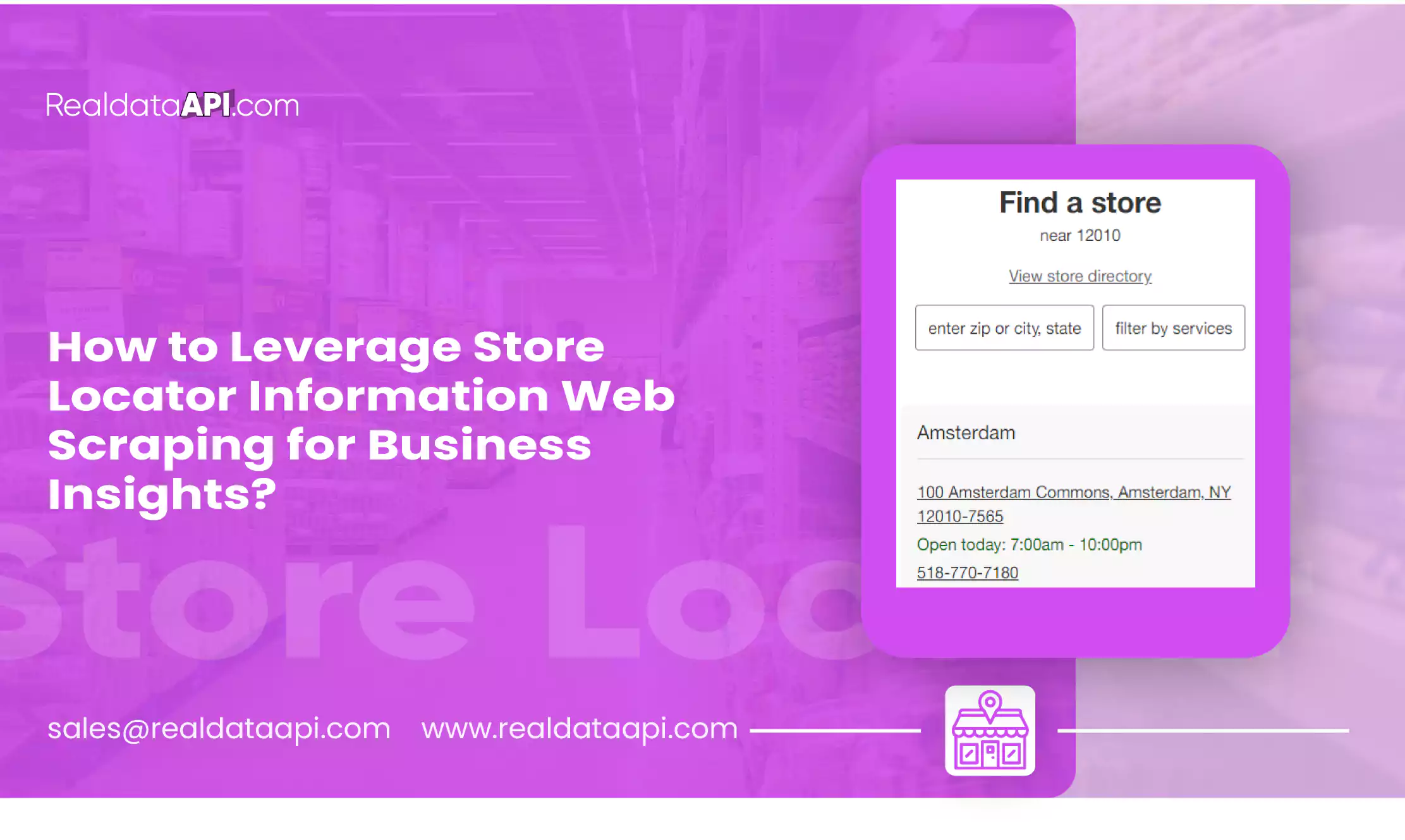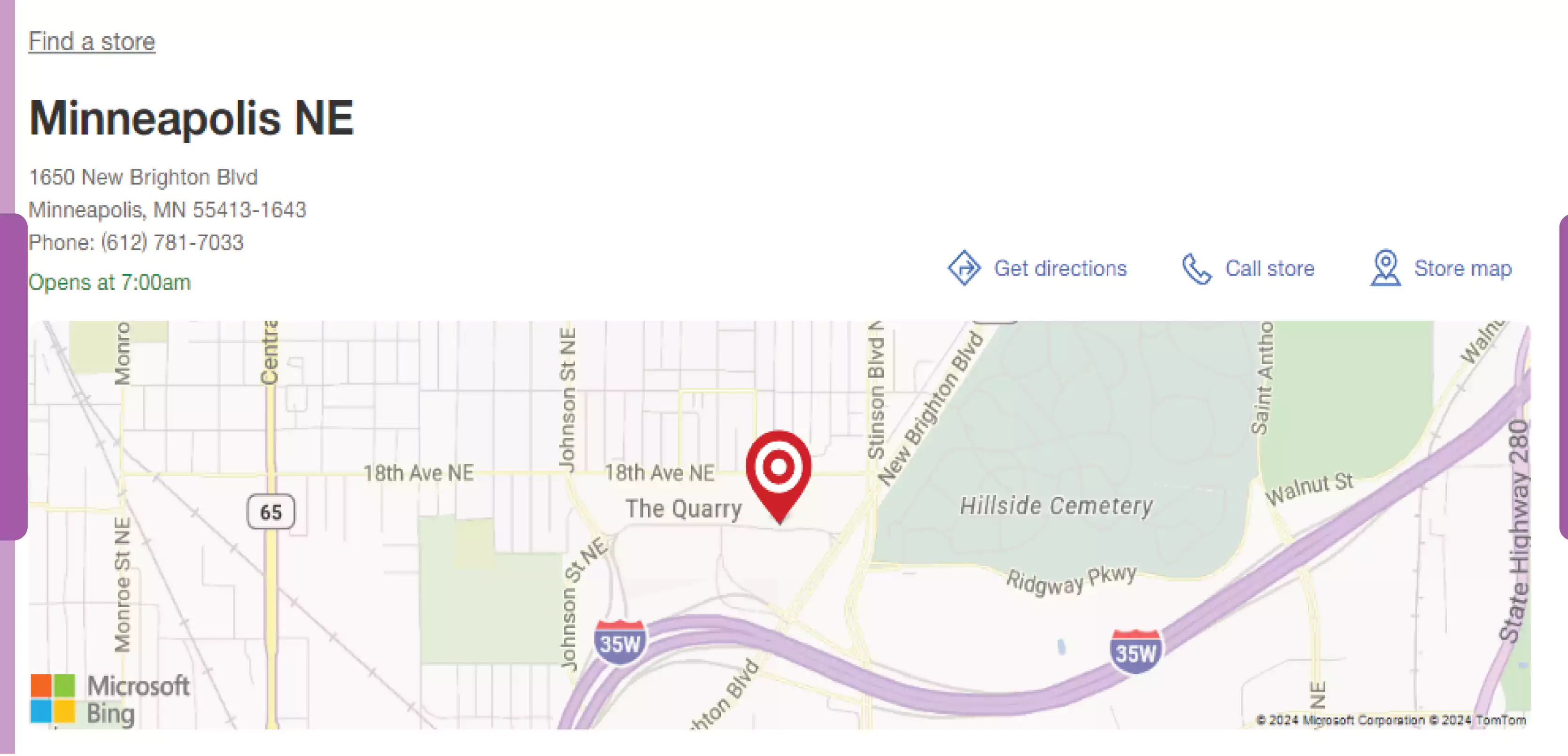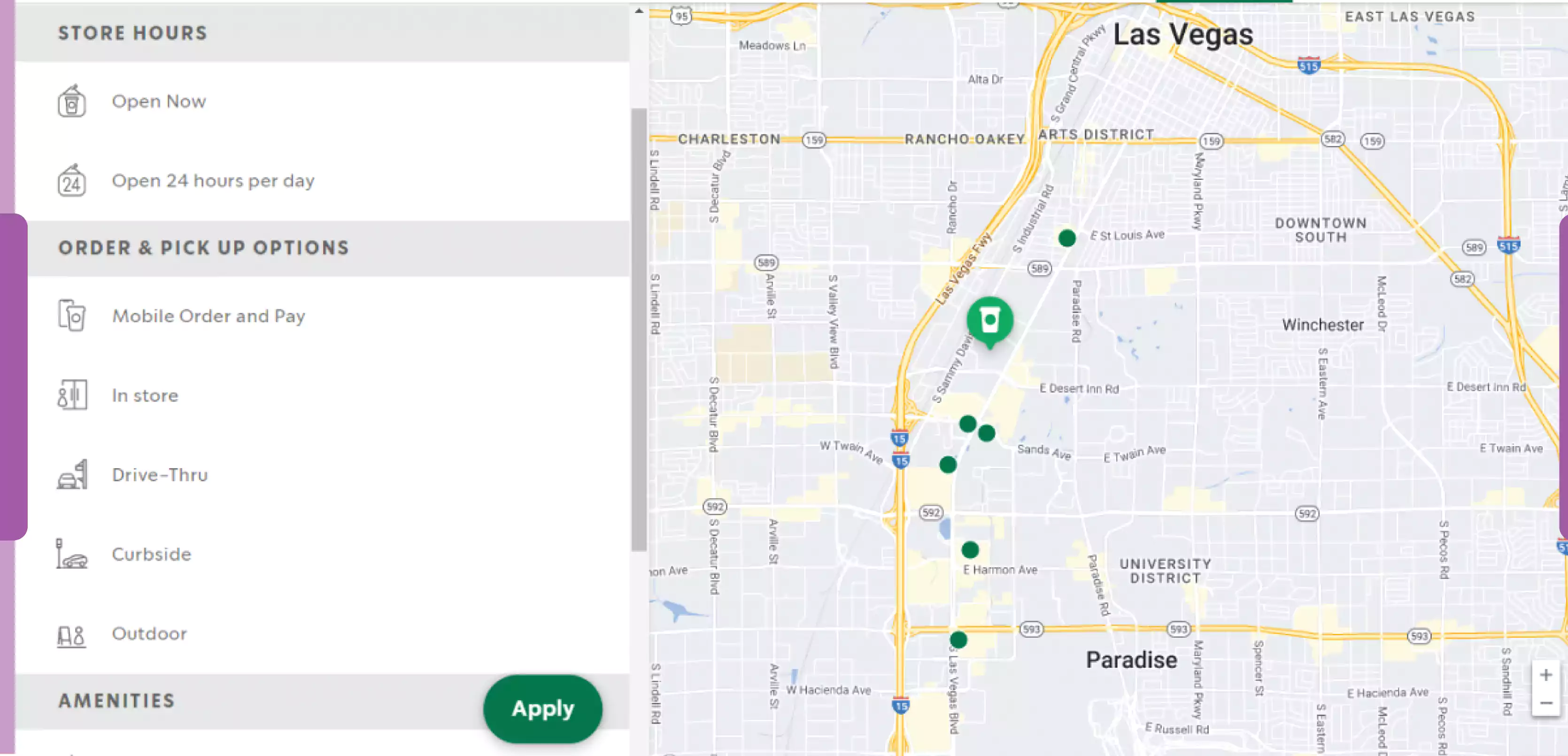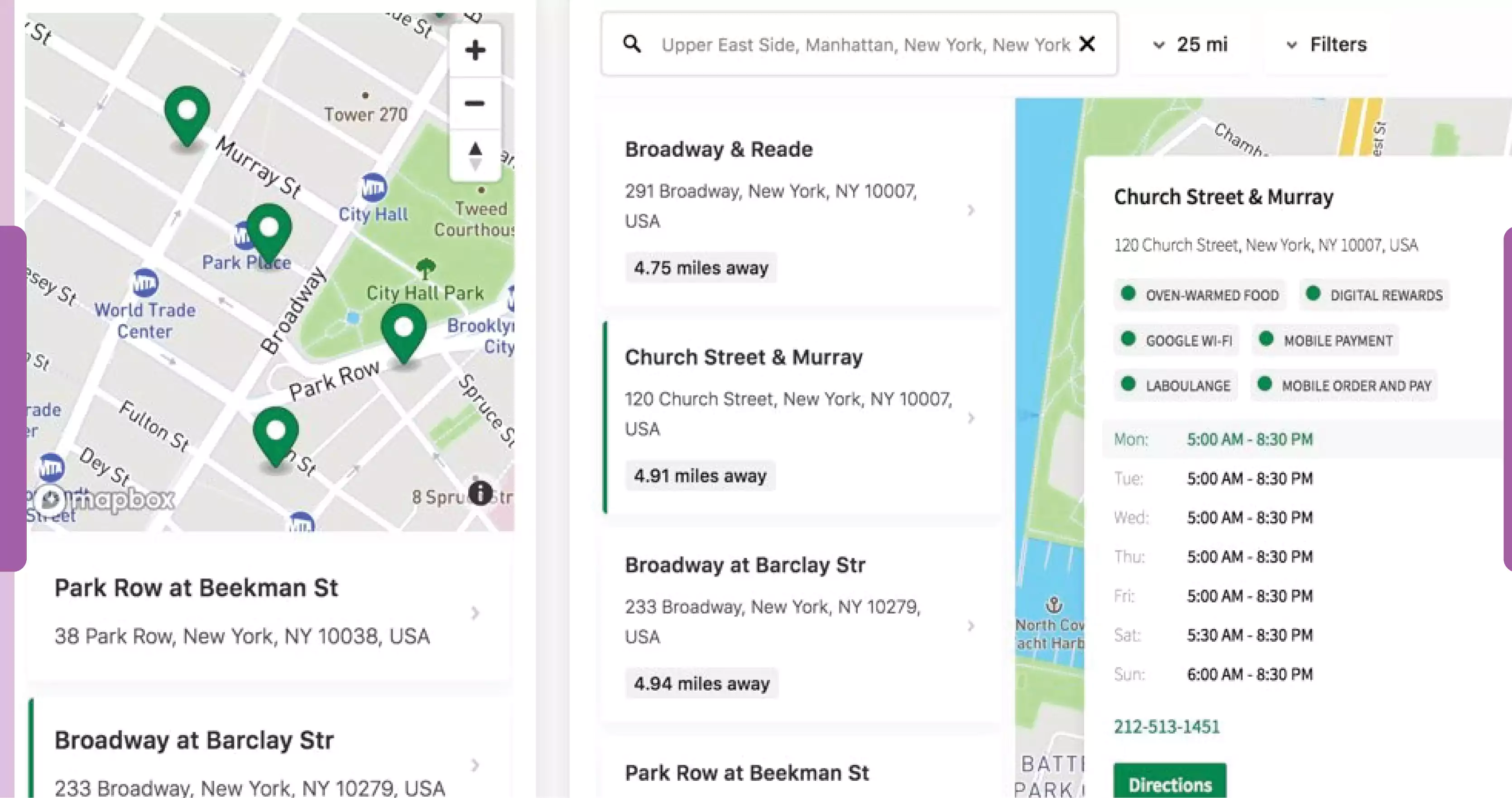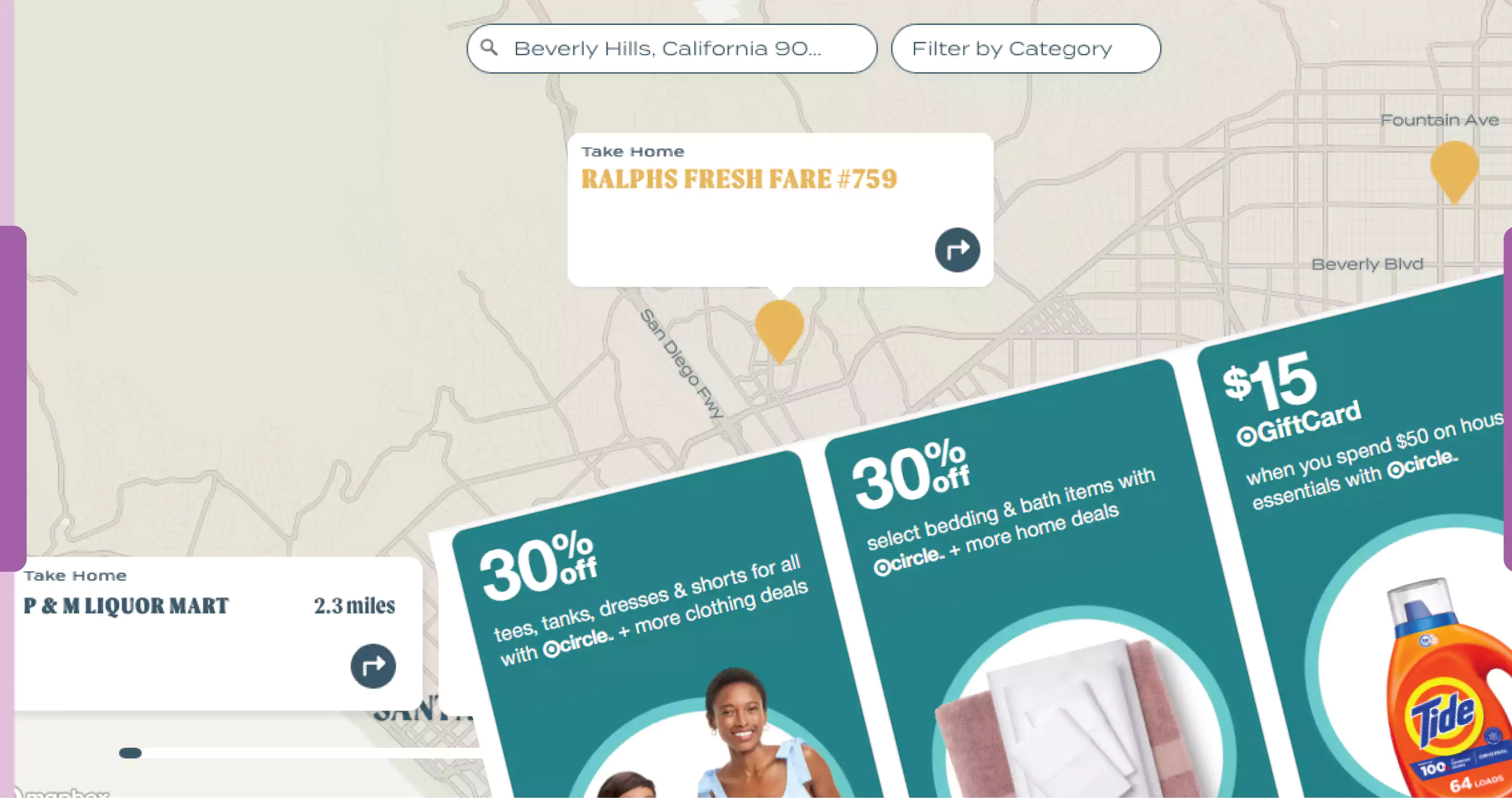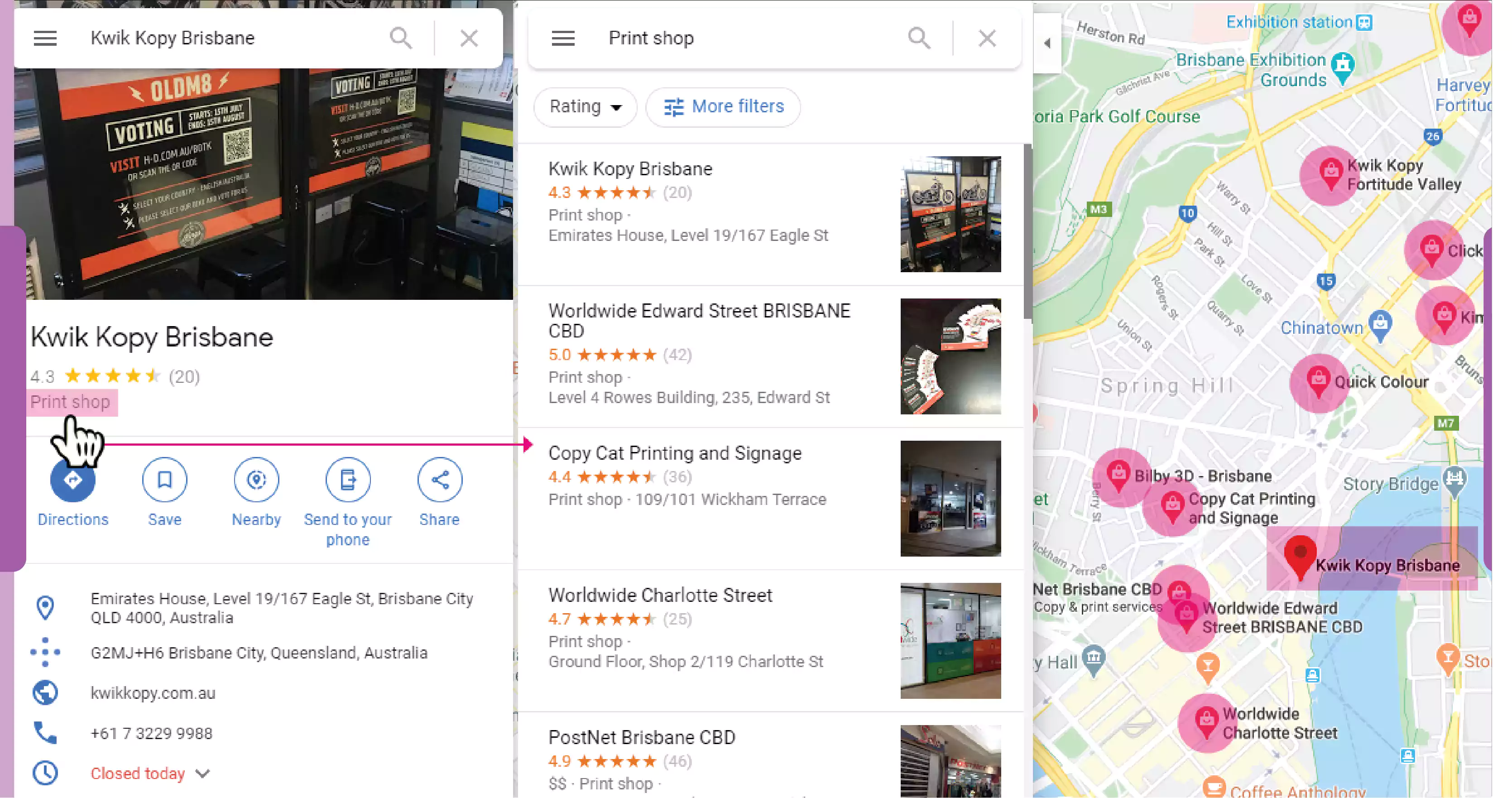How to Leverage Store Locator Information Web Scraping for Business Insights?
Introduction
In today's data-driven world, businesses are continually seeking innovative ways to gain insights and improve their operations. One such method is through web scraping, particularly focusing on store locator information. Store locator information web scraping involves extracting data from the store locator sections of various e-commerce websites. This data can provide valuable insights into store locations, distribution networks, customer demographics, and more. This blog will explore how to leverage store locator information data scraping to gain business insights, the benefits it offers, the tools and techniques used, and the potential challenges you might encounter.
The Importance of Store Locator Information
Store locator information is a crucial resource for both businesses and consumers. This data typically includes store addresses, contact details, operating hours, and customer reviews, serving as a bridge between the business and its customers. For businesses, the importance of store locator information cannot be overstated, as it provides valuable insights and aids in strategic decision-making.
Enhancing Customer Experience
Store locator information is essential for enhancing customer experience. Customers rely on accurate and up-to-date information to find the nearest store locations, check operating hours, and get contact details. This convenience directly impacts customer satisfaction and loyalty. By ensuring that store locator information is easily accessible and regularly updated, businesses can improve their service quality and build stronger relationships with their customers.
Strategic Business Insights
For businesses, store locator information is a goldmine of strategic insights. By analyzing the geographical distribution of stores, businesses can identify high-performing locations and areas with potential for expansion. This analysis helps in making informed decisions about opening new stores or closing underperforming ones. Additionally, understanding the geographical spread can aid in tailoring marketing strategies to specific regions, thereby maximizing the impact of promotional activities.
Competitive Analysis
Store locator information also plays a vital role in competitive analysis. By scraping store locator data from competitors' websites, businesses can compare their market presence with that of their rivals. This comparison can reveal gaps in their own network and highlight opportunities for growth. It can also provide insights into competitors' strategies, such as their focus on specific regions or customer demographics.
Operational Efficiency
Effective store locator information data extraction can significantly enhance operational efficiency. Businesses can optimize their supply chain and distribution networks by understanding the locations and operational hours of their stores. This optimization helps in reducing transportation costs, improving delivery times, and ensuring that stores are adequately stocked to meet customer demand.
Why Scrape Store Locator Information?
In the digital age, data-driven decisions are critical for businesses to stay competitive and thrive. One of the valuable sources of data is store locator information. Store locator information web scraping involves extracting detailed information from the store locator sections of websites, providing insights that can significantly benefit businesses. Here are some key reasons why scraping store locator information is essential.
Market Analysis and Expansion
Scraping store locator information allows businesses to perform comprehensive market analysis. By extracting data on store locations, businesses can map out their geographical presence and identify underserved areas. This analysis can highlight regions with high potential for new store openings, enabling strategic expansion. Additionally, understanding the distribution of existing stores helps in optimizing marketing campaigns and promotional activities to target specific regions effectively.
Competitive Intelligence
Locator store web scraping provides valuable competitive intelligence. By extracting store locator information from competitors' websites, businesses can gain insights into their rivals' market strategies. This data can reveal competitors' store locations, helping businesses understand their market coverage and identify opportunities to differentiate themselves. Competitive analysis using store locator information can inform strategic decisions, such as opening stores in locations where competitors have a weak presence.
Operational Efficiency
Efficient operations are crucial for any business. Store locator information extraction helps in optimizing supply chain and logistics. By analyzing the geographical distribution of stores, businesses can plan efficient routes for product deliveries, reduce transportation costs, and ensure timely restocking of inventory. This optimization leads to better resource allocation and improved overall operational efficiency.
Customer Insights and Experience
Understanding where customers are located and their preferences is vital for enhancing customer experience. Store locator information collection provides data on store accessibility and proximity to customers. This information helps businesses tailor their services to meet local demand, adjust store hours to match peak customer times, and improve overall customer satisfaction. Moreover, analyzing customer feedback associated with store locations can provide insights into regional preferences and needs.
Data-Driven Decision Making
Incorporating store locator information into business strategies promotes data-driven decision making. The insights gained from web scraping can guide various aspects of business planning, from site selection for new stores to optimizing marketing efforts. By leveraging accurate and up-to-date store locator data, businesses can make informed decisions that drive growth and success.
How to Get Started with Store Locator Information Web Scraping?
Tools and Technologies
WebTo perform store locator information data scraping, you need the right tools and technologies. Some popular web scraping tools include:
Beautiful Soup: A Python library for parsing HTML and XML documents.
Scrapy: An open-source and collaborative web crawling framework for Python.
Selenium: A tool for automating web browsers, useful for scraping dynamic content.
Steps to Extract Store Locator Information
Identify Target Websites: Choose the e-commerce websites you want to scrape store locator information from.
Inspect HTML Structure: Use browser developer tools to inspect the HTML structure of the store locator pages and identify the elements containing the required data.
Write the Scraping Script: Write a script using your chosen tool to extract the data. Ensure the script can navigate through pages and handle dynamic content if necessary.
Data Cleaning and Storage: Clean the extracted data to remove duplicates and ensure consistency. Store the data in a structured format, such as a CSV file or a database, for further analysis.
Extracting Insights from Store Locator Information
Market Presence and Expansion Opportunities
By analyzing store locator data, businesses can gain insights into their market presence. This includes understanding the geographical distribution of stores and identifying regions with high store density. Additionally, businesses can pinpoint areas with low store presence, indicating potential expansion opportunities.
Competitive Analysis
Store locator information web extraction can help businesses compare their distribution network with that of competitors. By analyzing competitors' store locations, businesses can identify gaps in their own network and devise strategies to enhance their market presence. This competitive intelligence is crucial for staying ahead in the market.
Customer Demographics and Preferences
Analyzing the geographical distribution of stores can provide insights into customer demographics and preferences. Businesses can identify trends in customer behavior based on location, such as preferred store types, peak operating hours, and popular products. This information can be used to tailor marketing strategies and improve customer experience.
Supply Chain Optimization
Understanding the location and operational hours of stores can help businesses optimize their supply chain and distribution strategies. By analyzing store locator data, businesses can identify the most efficient routes for product delivery, minimize transportation costs, and ensure timely restocking of products.
Case Study: Leveraging Store Locator Information Web Scraping
Objective
The objective of this case study is to demonstrate how a retail business can leverage store locator information data extraction to gain valuable insights and improve its operations.
Tools Used
Scrapy: For extracting store locator information from multiple e-commerce websites.
Pandas: A Python library for data manipulation and analysis.
Geopy: A Python library for geocoding and working with geographical data.
Steps
Identify Target Websites: The business identified three major competitors with extensive store networks.
Extract Store Locator Information: Using Scrapy, the business extracted store addresses, contact details, and operating hours from the competitors' store locator pages.
Geocode Store Locations: Using Geopy, the business converted store addresses into geographical coordinates (latitude and longitude).
Analyze Data: Using Pandas, the business analyzed the geographical distribution of stores, identified regions with high and low store density, and compared its network with that of competitors.
Results
The analysis revealed that the business had a strong presence in urban areas but a limited presence in suburban and rural regions. Competitors, on the other hand, had a more balanced distribution. This insight prompted the business to consider expanding its store network into underserved regions. Additionally, the analysis highlighted peak operating hours, enabling the business to optimize staffing levels and improve customer service during busy periods.
Conclusion
Store locator information web scraping is a powerful tool for gaining valuable business insights. By extracting and analyzing store locator data, businesses can conduct market research, competitive analysis, and customer segmentation. This information is crucial for making informed decisions, optimizing operations, and enhancing customer satisfaction. While there are challenges in web scraping, following best practices and using the right tools can help overcome these obstacles. Real Data API specializes in providing enterprise-grade web scraping solutions, ensuring efficient and ethical data extraction to drive business success.
Leveraging store locator information web scraping offers a wealth of opportunities for businesses to thrive in a competitive market. From identifying expansion opportunities and optimizing supply chains to understanding customer preferences and improving service offerings, the insights gained from store locator data can fuel growth and success. By adopting a strategic approach to web scraping, businesses can unlock the full potential of their data and achieve their business objectives. Contact Real Data API for more details!
Know More: https://www.realdataapi.com/leverage-store-locator-information-business-insights.php
Contact : https://www.realdataapi.com/contact.php
